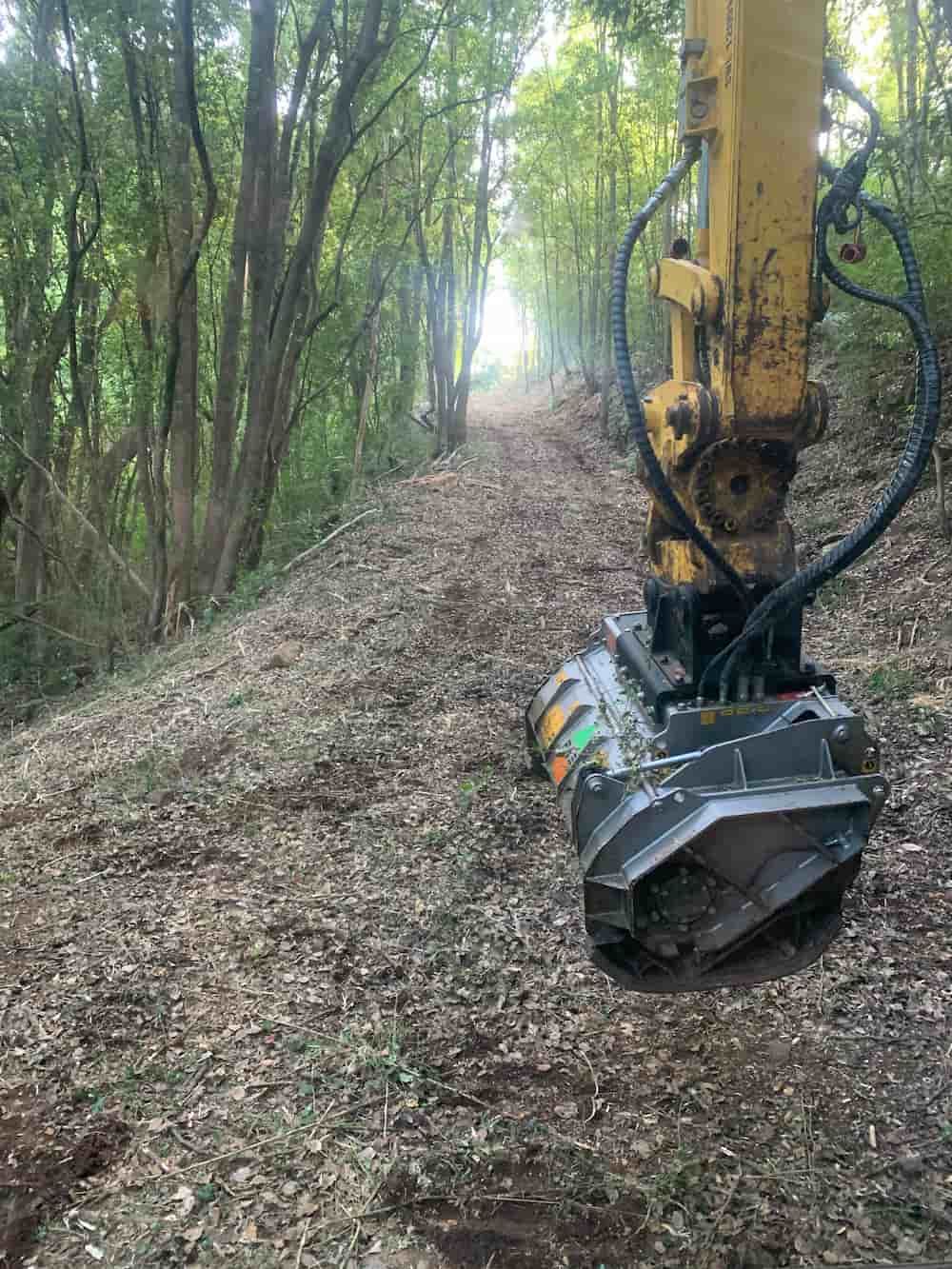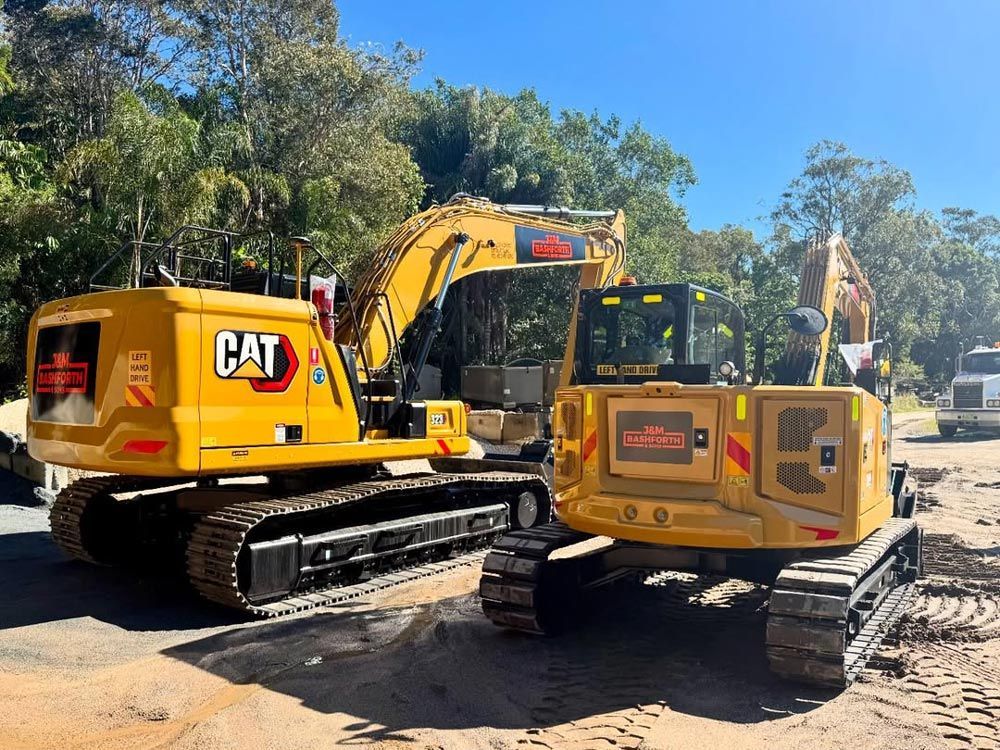Trench Excavation Made Safe: Installing Utilities Without Disruption
Underground utility installation might sound straightforward, but in reality, it involves complex planning, risk management and meticulous execution. Whether for water, sewer, gas, or telecommunications, trench excavation is essential to laying the groundwork. However, if not done properly, it can lead to service disruptions, property damage, and even safety hazards. That’s why many councils, contractors and developers now opt for professional trench excavation in the Northern Rivers—an area that presents its own challenges with diverse soil conditions, high rainfall, and sensitive ecological zones.
This blog explores how safe, modern, and minimally disruptive trenching practices ensure utilities are installed with precision and care, using equipment and operators well-suited to local conditions.

Utility corridors are becoming increasingly congested, especially in developed areas. Excavating without proper planning risks damaging existing services, which can lead to dangerous leaks or costly repairs. Professional excavation teams mitigate these risks with a combination of planning, detection, and precision digging.
Key practices include:
- Dial Before You Dig (DBYD) service checks to map existing infrastructure.
- Ground-penetrating radar (GPR) and electromagnetic location tools to identify non-metallic and metallic utilities.
- Pot holing or test digging to physically verify asset location before large-scale excavation begins.
- Hand digging or vacuum excavation near sensitive assets to reduce the risk of accidental damage.
These steps ensure essential services remain intact, preventing delays and keeping the community safe.
Choosing Non-Destructive Digging for Sensitive Areas
Certain sites—like residential streets, commercial zones, and heritage areas—demand a more delicate approach to excavation. Non-destructive digging (NDD) techniques like hydro or vacuum excavation offer a cleaner, safer alternative to traditional methods, particularly in tight or environmentally sensitive spaces.
Benefits of non-destructive excavation include:
- Minimal surface disruption, making it ideal for footpaths, landscaped gardens, and paved areas.
- Reduced risk of service strikes, as water or air loosens soil without harming cables or pipes.
- Faster restoration, with less mess and minimal backfill needed.
- Lower noise and vibration, offering a more neighbourhood-friendly process.
Meeting Regulatory Compliance in Trenching Projects
Trenching work must meet strict safety, environmental, and construction standards. These vary by project type and site location, and failure to comply can result in delays, fines, or dangerous working conditions.
Excavation teams ensure regulatory compliance by:
- Obtaining the necessary excavation permits from local authorities.
- Following Safe Work Australia’s trenching safety codes, including trench shoring and access rules.
- Conducting site-specific environmental assessments, particularly in flood-prone or conservation-sensitive zones.
- Manage spoil and runoff in accordance with erosion and sediment control guidelines.
Compliance is not only a legal requirement—it’s a critical part of protecting workers, ecosystems, and the broader community.
Excavating Safely Around Waterways & Slopes
Excavating in or near the Northern Rivers' many creeks, ridgelines, and low-lying areas presents unique challenges. These terrains are more prone to soil erosion, slumping, and water ingress, all of which require tailored approaches to ensure trench stability and safety.
Common approaches in sensitive terrain include:
- Installing sediment fences and temporary diversion drains to prevent run-off.
- Trench shields and shoring are used for stability on sloped ground.
- Scheduling works outside of wet season windows to reduce delays and erosion.
- Adjusting trench depth and alignment based on geotechnical advice.
Understanding how to operate within the limitations of different ground types is crucial for excavation success across the region.
Ensuring Worker & Public Safety During Excavation
Safety is a top priority in any trenching project. Deep trenches, heavy machinery, and proximity to public areas pose significant hazards if not managed appropriately.
Key safety measures on trench excavation sites include:
- Trench shoring and benching systems are used to prevent collapses.
- Setting up clear exclusion zones with fencing and signage to keep pedestrians away from hazards.
- Implementing traffic control plans, particularly where trenching occurs near roads or footpaths.
- Providing PPE and confined space training for workers involved in trench entry or utility connection.
With proper controls in place, risks to workers and the public can be significantly reduced.
How Experienced Operators Improve Project Outcomes
Operating excavation machinery isn't just about moving dirt—it's about understanding ground conditions, reading site plans, and responding to the unexpected. Experienced operators with local knowledge can significantly reduce project risks, timeframes, and disruptions.
Why operator experience matters:
- They recognise changes in soil composition, helping avoid cave-ins or water table breaches.
- They interpret service drawings and locate assets accurately, avoiding utility clashes.
- They adjust technique and machine settings for precision around obstacles or narrow corridors.
- They work faster and more safely, reducing downtime and rework.
Skilled operators help ensure that trenching is not just completed on time but done right the first time.
Planning for Precision to Reduce Surface Restoration Costs
Restoring a site after trenching can be one of the most time-consuming and expensive parts of utility installation. Accurate planning and excavation can dramatically reduce the need for post-trenching repairs.
Best practices for limiting surface disturbance include:
- Using GPS-controlled excavation equipment to maintain consistent trench depth and alignment.
- Marking and mapping out excavation zones in advance reduces unnecessary over-digging.
- Retaining and reusing topsoil where possible, to aid revegetation.
- Avoiding root zones of established trees prevents long-term damage and liability.
Fewer disruptions mean less backfill, quicker surface reins
Using Modern Excavation Equipment Built for the Northern Rivers Conditions
Different terrain calls for different tools. From coastal sands to clay-heavy hillsides, the Northern Rivers demands equipment that can adapt. Using well-maintained and modern machinery ensures clean, efficient, and safe trenching regardless of site conditions.
Modern excavation setups may include:
- Compact excavators with zero tail swing are ideal for tight access urban jobs.
- Tilt buckets and augers offer flexible trench shaping and post-hole compatibility.
- Hydro vac units, for non-destructive digging near critical assets.
- Tracked machinery which provides better stability on sloped or muddy sites.
Choosing the right equipment not only improves productivity but also reduces environmental impact by limiting site disturbance.
Get Expert Excavation in the Northern Rivers – Contact Us Today
At J & M Bashforth & Sons, we understand the balance between precision, safety, and efficiency in trench excavation—especially when working in complex environments like the Northern Rivers. Our qualified operators, modern fleet, and deep local knowledge allow us to complete utility installations with minimal disruption and full compliance.
Whether you're a council planning infrastructure upgrades or a developer needing underground services laid for a new subdivision, we’ve got the experience and equipment to help.
Get in touch with us today to learn more about our excavation services.





